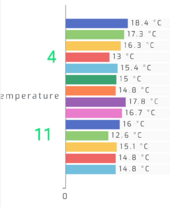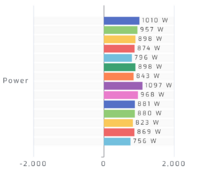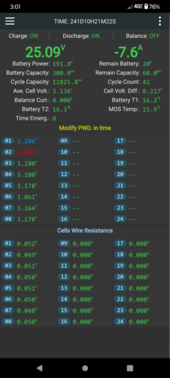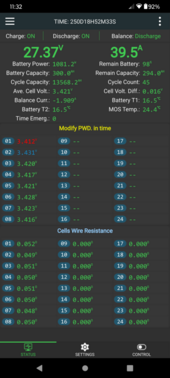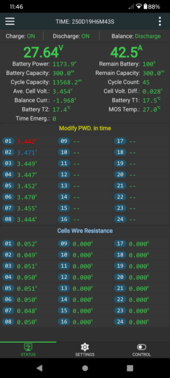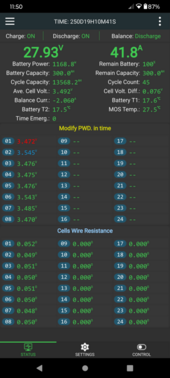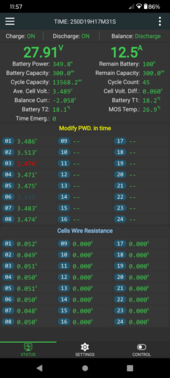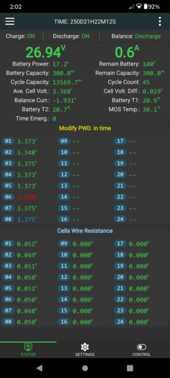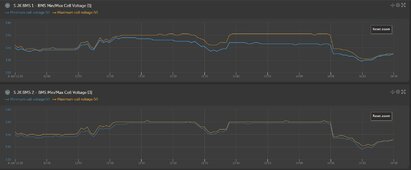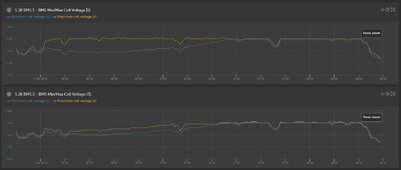hwy17
Anti-Solar Enthusiast
+1If the balance voltage is higher, just before or at target absorption voltage it's not going to start to unbalance the false runners early like before with a lower balance voltage. Until they are all up to the target voltage, and the closer they are to target voltage (further into the voltage knee of LFP) the more closely voltage is related to SOC, so less likely any cell that falsely showed a high charge voltage early, will still be an outlier.
But if you just floated at 3.4375 then you could balance while floating. Is 3.4375 going to overcharge and plate your cells? If you hold it 24/7 for days, certainly. Is it going to plate them in a 6 hour daytime solar float? Maybe if the cells were absorbed all the way to 3.5+ and are jam packed when the float starts. But what if they were only absorbed to 3.4375 then there might be vacancy to accommodate that overfloat for 6 hours.You really don't want them balancing whilst floating. Personally I don't think it's a big problem floating at the cell nominal 100% SOC voltage: roughly 3.375v
But don't read this comment like I'm trying to correct you or something, your statement is the consensus, mine is the outlier, I am just using yours as a springboard to get to put my alternative thoughts out here.



